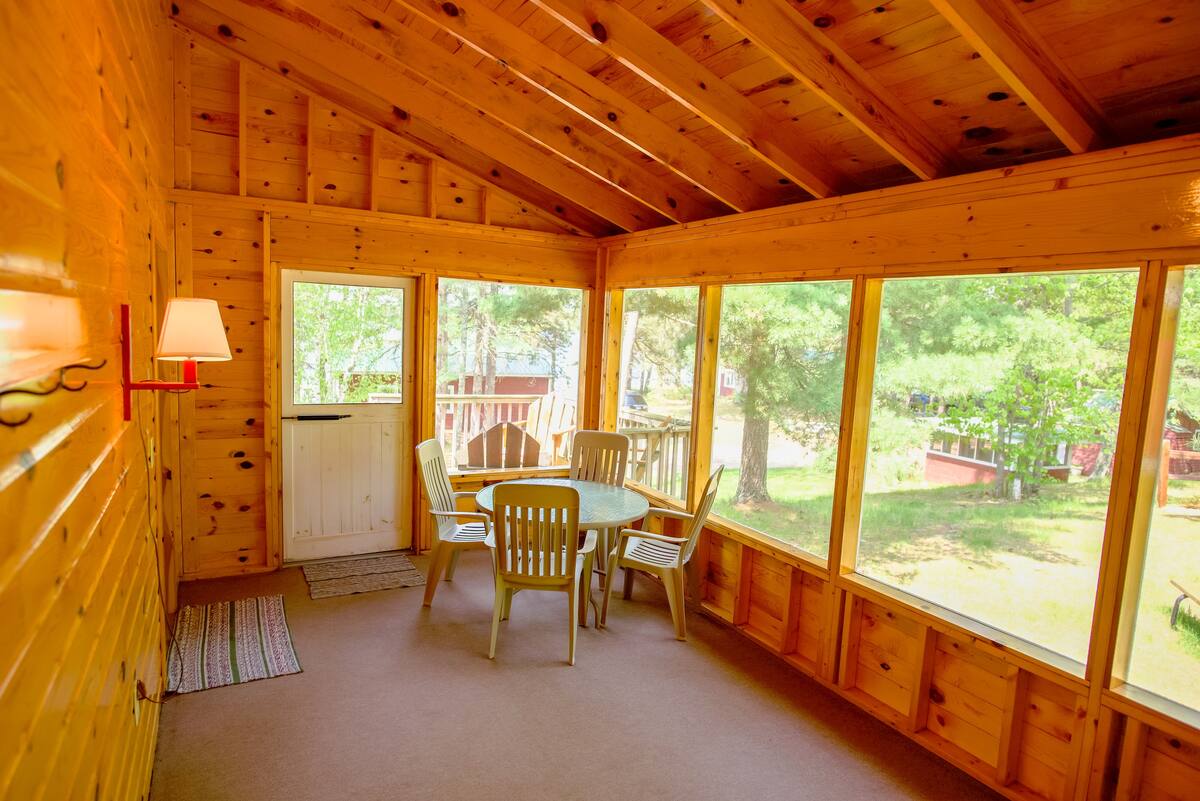

Articles
What Is A Screened Porch
Modified: January 19, 2024
Discover the benefits of a screened porch with our informative articles. Create a comfortable outdoor space and protect against bugs and elements.
(Many of the links in this article redirect to a specific reviewed product. Your purchase of these products through affiliate links helps to generate commission for Storables.com, at no extra cost. Learn more)
Introduction
Welcome to the world of screened porches, the perfect blend of indoor and outdoor living spaces. In this article, we will explore the definition, benefits, uses, design, materials, and costs associated with creating a screened porch. Whether you are a homeowner looking to expand your living area or a builder seeking to offer a unique feature to your clients, understanding the ins and outs of a screened porch will help you make informed decisions.
A screened porch is a versatile and functional space that bridges the gap between the indoors and outdoors. It typically consists of a covered structure attached to the main house, featuring screens on all sides. These screens allow for open-air enjoyment while keeping pesky insects and bugs at bay.
Imagine enjoying your morning coffee while listening to the birds chirping, feeling the gentle breeze, and basking in the sunlight – all without the annoyance of mosquitoes or flies. A screened porch provides a sanctuary where you can relax, entertain, dine, or even work, while simultaneously enjoying the beauty and tranquility of the outdoors.
Now that we have a general idea of what a screened porch is, let’s delve deeper into its various benefits. From expanding your living space to increasing property value, a screened porch has much to offer. Join us as we explore its many advantages and discover why this unique feature has become increasingly popular in modern homes.
Key Takeaways:
- A screened porch offers a versatile and bug-free space that seamlessly blends indoor and outdoor living, providing benefits such as expanded living area, protection from insects, and enhanced privacy.
- Designing and maintaining a screened porch involves careful consideration of layout, materials, and regular upkeep, while cost considerations should include factors like size, materials, and professional installation to ensure a valuable and enjoyable addition to your home.
Definition of a Screened Porch
A screened porch, also known as a screened-in porch or a screened patio, is a covered outdoor space integrated into a home’s architecture. It is a versatile room that offers the benefits of both indoor and outdoor living. The defining feature of a screened porch is the installation of screens on all sides, providing protection against insects, bugs, and debris.
Unlike a traditional porch or patio, which is open to the elements, a screened porch offers a barrier that allows you to enjoy the outdoors without the distraction of bugs or the discomfort of extreme weather conditions. The screens used in a screened porch are typically made of nylon, fiberglass, or aluminum mesh to provide both visibility and adequate airflow.
The size and layout of a screened porch can vary depending on the homeowner’s preferences and available space. It can be an extension of an existing porch or patio, or it can be a separate structure altogether. Some homeowners even choose to enclose an existing open porch or patio with screens to create a screened porch.
In addition to the screens, a screened porch may feature other architectural elements such as windows, doors, and roof coverings. Windows, often made of glass or clear vinyl, allow the option of maintaining a closed porch during cooler months or inclement weather. The doors used in a screened porch are typically lightweight and can be easily opened or closed.
Screened porches are most commonly found in single-family homes, but they can also be incorporated into multi-unit residential buildings or commercial spaces. They offer a seamless transition between indoor and outdoor living, providing a space where you can relax, entertain guests, enjoy meals, or partake in various activities.
Now that we have an understanding of what defines a screened porch, let’s explore the numerous benefits that come with having one. From increased living space to improved health and wellbeing, a screened porch offers a range of advantages that make it an enticing feature for homeowners.
Benefits of a Screened Porch
Adding a screened porch to your home brings a wealth of benefits that enhance your overall living experience. Let’s explore some of the key advantages:
- Expanded Living Space: A screened porch effectively extends your living area, providing an additional space to relax, entertain, or spend quality time with family and friends. It offers a versatile area that can be used for various activities throughout the year.
- Protection from Insects and Bugs: One of the primary benefits of a screened porch is the ability to enjoy the outdoors without being bothered by pesky insects and bugs. The screens act as a barrier, allowing you to indulge in fresh air and nature’s beauty while keeping unwanted pests at bay.
- Improved Airflow and Ventilation: The screens in a screened porch promote natural airflow, allowing fresh air to circulate freely. This not only provides a pleasant and comfortable environment but also reduces the need for constant reliance on air conditioning, resulting in energy savings.
- Shelter from Harsh Weather: A screened porch offers protection from the elements. During inclement weather, you can still enjoy the outdoors without being exposed to rain, wind, or excessive sun. It provides a cozy and sheltered space where you can relax and unwind.
- Enhanced Privacy: The screens in a screened porch provide an additional layer of privacy, shielding your activities from prying eyes. Whether you’re having a quiet moment with a book or hosting a gathering, you can enjoy a sense of seclusion while still being able to enjoy the outdoor ambiance.
- Increased Property Value: The addition of a screened porch can significantly boost your home’s value. It is a sought-after feature for many homebuyers, as it offers an attractive and functional outdoor living space. Investing in a screened porch can give you a competitive advantage if you decide to sell your home in the future.
By incorporating a screened porch into your home, you can reap these benefits and create a space that seamlessly blends the comforts of indoor living with the beauty of the outdoors. Let’s now explore the various uses and functions for which a screened porch can be designed.
Uses and Functions of a Screened Porch
A screened porch offers a versatile space that can be utilized in numerous ways. Here are some common uses and functions of a screened porch:
- Outdoor Living and Relaxation: A screened porch provides a perfect spot for outdoor living and relaxation. Whether it’s enjoying a cup of coffee in the morning, reading a book in the afternoon, or unwinding with family and friends in the evening, this space offers a tranquil environment to connect with nature while being protected from bugs and harsh weather conditions.
- Entertaining Guests: A screened porch serves as an ideal entertaining area for hosting gatherings, parties, and barbecues. You can set up seating arrangements, install a dining table, or even add a grilling station. Your guests can enjoy the fresh air, scenic views, and socialize in a comfortable setting.
- Outdoor Dining: Imagine having meals in the open air without worrying about flies or mosquitoes. A screened porch can be a dedicated space for outdoor dining. Set up a table and chairs, create a cozy ambiance with lighting, and relish your meals while savoring the beauty of nature.
- Home Office or Study: If you need a quiet and serene space to work or study, a screened porch can serve as an office or study area. The natural light, fresh air, and peaceful surroundings can boost productivity and provide a refreshing change of scenery.
- Exercise or Yoga Area: Utilize your screened porch as a dedicated space for exercise routines or practicing yoga. The openness and connection to the outdoors can enhance your workout experience while allowing you to enjoy the benefits of nature.
- Indoor/Outdoor Transition: A screened porch acts as a transition zone between the indoors and outdoors. You can use it as a space to take off dirty or wet shoes before entering the house, or as a place to store outdoor gear, such as gardening tools or sports equipment.
- Creative Studio or Craft Room: If you have a creative side, a screened porch can be transformed into a studio or craft room. The natural light, fresh air, and inspiring surroundings can provide the perfect setting for artistic pursuits, such as painting, sculpting, or crafting.
The uses and functions of a screened porch are only limited by your imagination and lifestyle needs. It is a versatile space that can be customized to suit your preferences and enhance the way you live.
Now that we understand the potential uses and functions of a screened porch, let’s explore the design and features that make this space both functional and visually appealing.
Design and Features of a Screened Porch
The design and features of a screened porch play a crucial role in creating a functional and aesthetically pleasing outdoor living space. Here are some key considerations to keep in mind when designing your screened porch:
- Layout and Size: Determine the layout and size of your screened porch based on your available space and intended use. Consider factors such as the number of people it needs to accommodate, furniture placement, and any additional features you may want to incorporate.
- Roof Design: The roof design is an important element of a screened porch as it provides protection from the elements. Flat, gable, or shed roofs are popular choices, each offering a unique aesthetic and practical advantages. Consult with a professional to determine which roof design best suits your needs.
- Flooring: Choose flooring materials that are durable, weather-resistant, and aesthetically appealing. Popular options include hardwood, composite decking, concrete, or stone. Consider the maintenance requirements and the overall style you want to achieve.
- Screen Selection: The screens are a crucial component of a screened porch as they provide the desired openness while keeping insects out. Consider the material, mesh size, and transparency of the screens to achieve the perfect balance between visibility, airflow, and bug protection. Additionally, opt for screens that are easy to clean and maintain.
- Doors and Windows: Select doors and windows that complement the style of your home and provide functionality. Sliding doors, French doors, or retractable screens are popular choices for accessing and sealing off the screened porch. For windows, consider options like glass or clear vinyl for both ventilation and protection during colder months.
- Furniture and Decor: Choose furniture and decor that are suitable for outdoor use and enhance the overall ambiance of your screened porch. Consider comfort, durability, and weather resistance when selecting seating, tables, rugs, lighting, and other decorative elements.
- Lighting and Electrical Outlets: Ensure proper lighting for your screened porch, both for functionality and ambiance. Incorporate lighting fixtures such as sconces, string lights, or pendant lights. Additionally, plan for electrical outlets to power electronic devices or provide convenient access for other purposes, such as outdoor cooking appliances.
Every aspect of the design and features should be carefully considered to create a screened porch that not only meets your functional needs but also reflects your personal style and enhances the aesthetics of your home. With the right design elements in place, you can create a beautiful and inviting space that brings joy and adds value to your property.
Now that we have explored the design and features of a screened porch, let’s delve into the materials and construction methods used to bring this outdoor living space to life.
When designing a screened porch, consider the orientation of the sun to maximize natural light and airflow. This can help create a comfortable and enjoyable space for relaxing and entertaining.
Materials and Construction of a Screened Porch
The choice of materials and construction methods for a screened porch can greatly impact its durability, aesthetics, and functionality. Here are some key considerations to keep in mind:
- Framing Materials: The framing is the underlying structure of the screened porch. Commonly used materials include wood, aluminum, or vinyl. Wood offers natural warmth and charm, while aluminum and vinyl are low-maintenance options that resist rot and insect damage.
- Roofing Materials: Select a roofing material that suits the overall design and provides reliable protection. Popular choices include asphalt shingles, metal roofing, or even thatch for a more unique and tropical look. Consider the durability, aesthetics, and climate suitability when choosing the roofing material.
- Screen Materials: The screens play a crucial role in a screened porch, providing bug protection and visibility. Common screen materials include fiberglass, aluminum, or nylon mesh. Fiberglass screens are affordable and resistant to corrosion, while aluminum screens offer enhanced strength and durability.
- Flooring Materials: Choose flooring materials that are durable and weather-resistant. Options vary from traditional wood decking to composite materials that mimic the look of wood but require less maintenance. Other popular choices include concrete pavers, stone, or tile, depending on your desired aesthetic.
- Door and Window Materials: The doors and windows of a screened porch can be made from various materials, including wood, aluminum, or vinyl. Consider the durability, insulation properties, and maintenance requirements of each material when making your selection.
- Construction Methods: Building a screened porch requires careful planning and adherence to local building codes and regulations. It is recommended to hire a professional contractor experienced in constructing screened porches. They will ensure the structure is properly built, including the foundation, framing, roofing, and screening.
- Permits and Inspections: Depending on your location, you may need to obtain permits and schedule inspections during the construction of your screened porch. Check with your local building department to determine the specific requirements and ensure compliance with all necessary regulations.
- Professional Guidance: It is recommended to consult with a professional architect or contractor experienced in building screened porches. They can guide you through the entire process, from designing the structure to selecting materials, and ensure that your screened porch is built to your satisfaction.
By carefully considering the materials used and employing proper construction methods, you can create a well-built and long-lasting screened porch that blends seamlessly with your home’s architecture and enhances the overall aesthetic appeal.
Now that we understand the materials and construction aspects, let’s move on to the maintenance and care required to keep your screened porch in top condition.
Maintenance and Care of a Screened Porch
Maintaining your screened porch is essential to ensure its longevity and continued enjoyment. Here are some important maintenance and care tips to keep in mind:
- Cleaning the Screens: Regularly clean the screens to remove dust, dirt, and debris. Use a soft brush or vacuum cleaner to gently wipe or suction away any buildup. Avoid using abrasive materials or excessive force that may damage the screens.
- Inspecting for Damage: Periodically inspect the screens, framing, roofing, and other components of your screened porch for any signs of wear, damage, or necessary repairs. Look for loose or torn screens, rotting wood, or damaged roofing materials. Promptly address any issues to prevent further damage.
- Removing Stains and Mold: If you notice any stains or mold growth on your screened porch surfaces, take immediate action to remove them. Use a mild detergent or a mixture of water and vinegar to clean the affected area. Rinse thoroughly and allow it to dry completely.
- Trimming Vegetation: Keep any nearby trees, shrubs, or plants trimmed to prevent leaves, branches, or debris from accumulating on your screened porch. This helps maintain the cleanliness of the area and minimizes the risk of damage to screens or other components.
- Sealing and Waterproofing: Depending on the materials used in your screened porch, consider applying a sealant or waterproofing treatment to enhance durability and protect against moisture damage. Check manufacturer recommendations and consult with professionals for the appropriate products and application methods.
- Seasonal Maintenance: Perform seasonal maintenance tasks to keep your screened porch in great condition year-round. This may include cleaning gutters, inspecting and repairing any damage caused by extreme weather, and reapplying sealants or waterproofing treatments as needed.
- Regular Cleaning and Maintenance: Keep your screened porch clean by regularly sweeping the floor, wiping down surfaces, and removing any debris. Clear out any obstructions in the gutters or drainage system to prevent water buildup or clogs.
- Professional Inspections: It is beneficial to have your screened porch professionally inspected periodically. A professional can identify any underlying issues, provide maintenance recommendations, and address any necessary repairs or upgrades.
Following these maintenance and care practices will help ensure that your screened porch remains in excellent condition and continues to provide a comfortable and enjoyable outdoor living space for years to come.
Now, let’s move on to discussing the cost considerations associated with building a screened porch.
Cost Considerations for a Screened Porch
When planning to build a screened porch, it is important to consider the cost implications. The overall cost will vary based on several factors, including the size, materials used, complexity of design, location, and any additional features. Here are some key cost considerations to keep in mind:
- Design and Size: The design and size of your screened porch play a significant role in determining the overall cost. Larger and more complex designs will naturally require more materials and labor, resulting in higher costs.
- Materials: The choice of materials will greatly impact the cost of your screened porch. Different materials have varying price points, and higher-quality or premium materials will generally be more expensive. Consider your budget and the durability and aesthetic factors when selecting materials.
- Foundation and Flooring: The type of foundation and flooring you choose will affect the overall cost. Concrete foundations and high-quality flooring materials such as hardwood or composite decking tend to be more expensive compared to other options.
- Roofing: The material and complexity of the roof design will influence the cost of your screened porch. Higher-quality roofing materials, intricate designs, or additional features such as skylights will increase the overall cost.
- Screens and Windows: The type and quality of screens and windows used in your screened porch will impact the cost. Higher-quality screens and windows, such as impact-resistant or energy-efficient options, may add to the overall expenses.
- Additional Features: Incorporating additional features into your screened porch, such as lighting, electrical outlets, heating or cooling systems, or special entertainment setups, will increase the overall cost. Consider your needs, preferences, and budget when deciding on these added features.
- Permits and Professional Fees: Don’t forget to factor in the cost of obtaining necessary permits and any professional fees associated with the design, construction, or inspection of your screened porch. This can vary depending on the location and complexity of the project.
- Professional Installation: Hiring professionals for the construction of your screened porch will add to the cost. However, their expertise and experience ensure a properly built and durable structure that meets building codes and regulations.
- Maintenance and Long-Term Costs: Consider the long-term maintenance and operational costs of your screened porch. Regular upkeep, such as cleaning, repairs, and potential replacements of certain components, should be factored into your budget.
Remember that the cost of a screened porch can vary significantly depending on individual preferences, regional factors, and market conditions. It is recommended to obtain multiple quotes from reputable contractors, review detailed estimates, and compare them based on the scope of work and materials involved.
Now that we have explored the cost considerations, let’s summarize the benefits and key points of having a screened porch.
Conclusion
In conclusion, a screened porch is a valuable addition to any home, offering a seamless blend of indoor and outdoor living spaces. It provides numerous benefits, including expanded living space, protection from insects and bugs, increased privacy, and improved ventilation.
By incorporating a screened porch into your home, you can create a versatile area that can be used for relaxation, entertaining guests, outdoor dining, or even as a home office or creative studio. It acts as a transition zone between the indoors and outdoors, allowing you to enjoy the beauty of nature while being sheltered from harsh weather conditions.
When designing your screened porch, consider the layout and size, roofing design, flooring materials, screens, doors, and windows. Choose high-quality materials that are durable, weather-resistant, and visually appealing. Hiring a professional contractor for the construction process ensures a well-built structure that meets building codes and regulations.
To maintain your screened porch, regularly clean the screens, inspect for damage, remove stains and mold, trim vegetation, and perform seasonal maintenance tasks. By following these steps, you can keep your screened porch in top condition and prolong its lifespan.
When budgeting for a screened porch, consider factors such as design and size, materials, foundation and flooring, roofing, screens and windows, additional features, permits, professional fees, and maintenance costs. Obtain multiple quotes and comparisons to ensure you receive fair pricing and quality workmanship.
All in all, a screened porch offers a sanctuary where you can enjoy the beauty and tranquility of the outdoors while being protected from bugs and inclement weather. It adds value to your property, enhances your living experience, and provides a space for relaxation, entertainment, and connection with nature.
So, whether you want to expand your living area, create a space for outdoor gatherings, or simply enjoy the fresh air in a bug-free environment, a screened porch is an investment that can bring years of enjoyment and elevate the overall appeal of your home.
Frequently Asked Questions about What Is A Screened Porch
Was this page helpful?
At Storables.com, we guarantee accurate and reliable information. Our content, validated by Expert Board Contributors, is crafted following stringent Editorial Policies. We're committed to providing you with well-researched, expert-backed insights for all your informational needs.
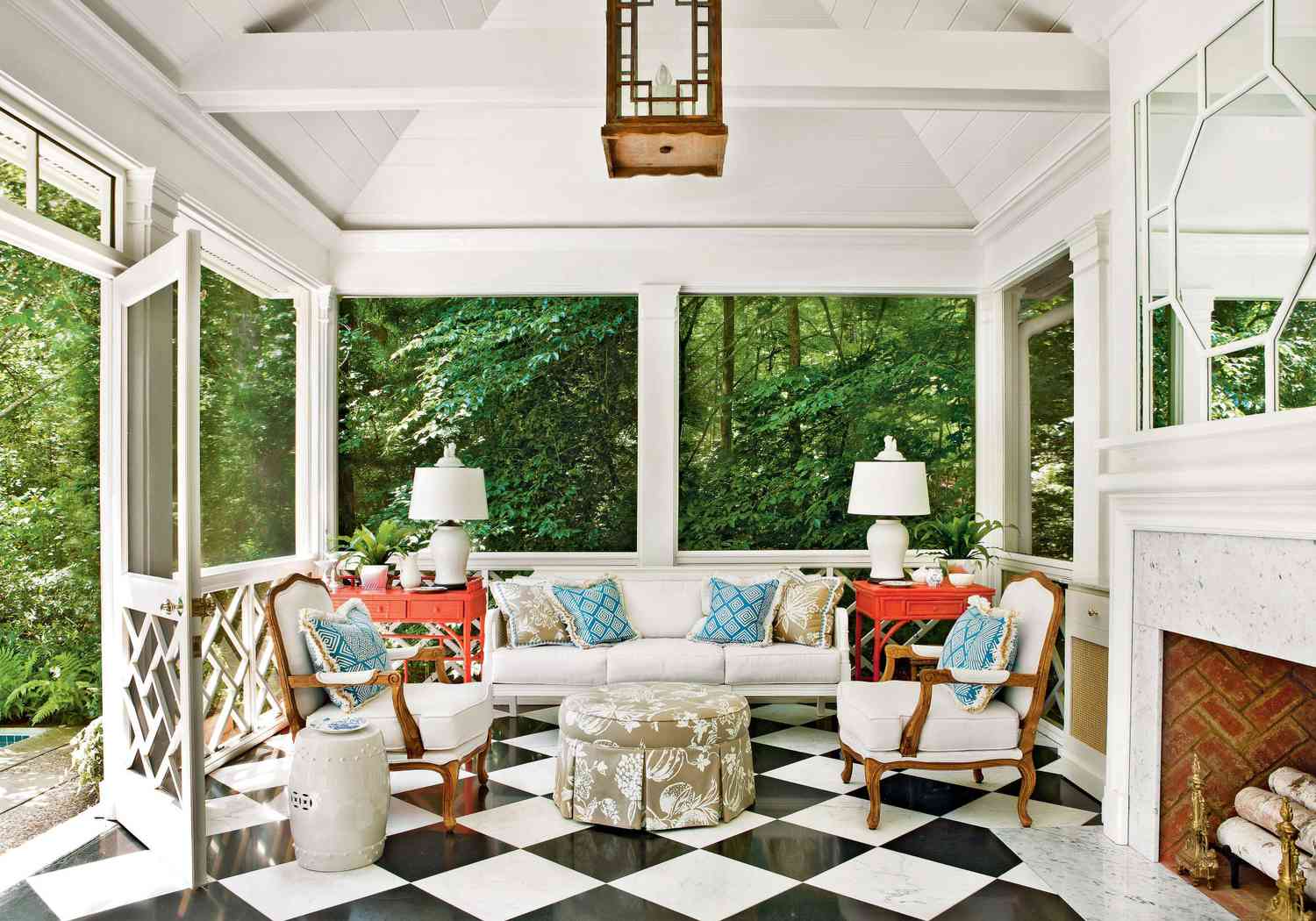
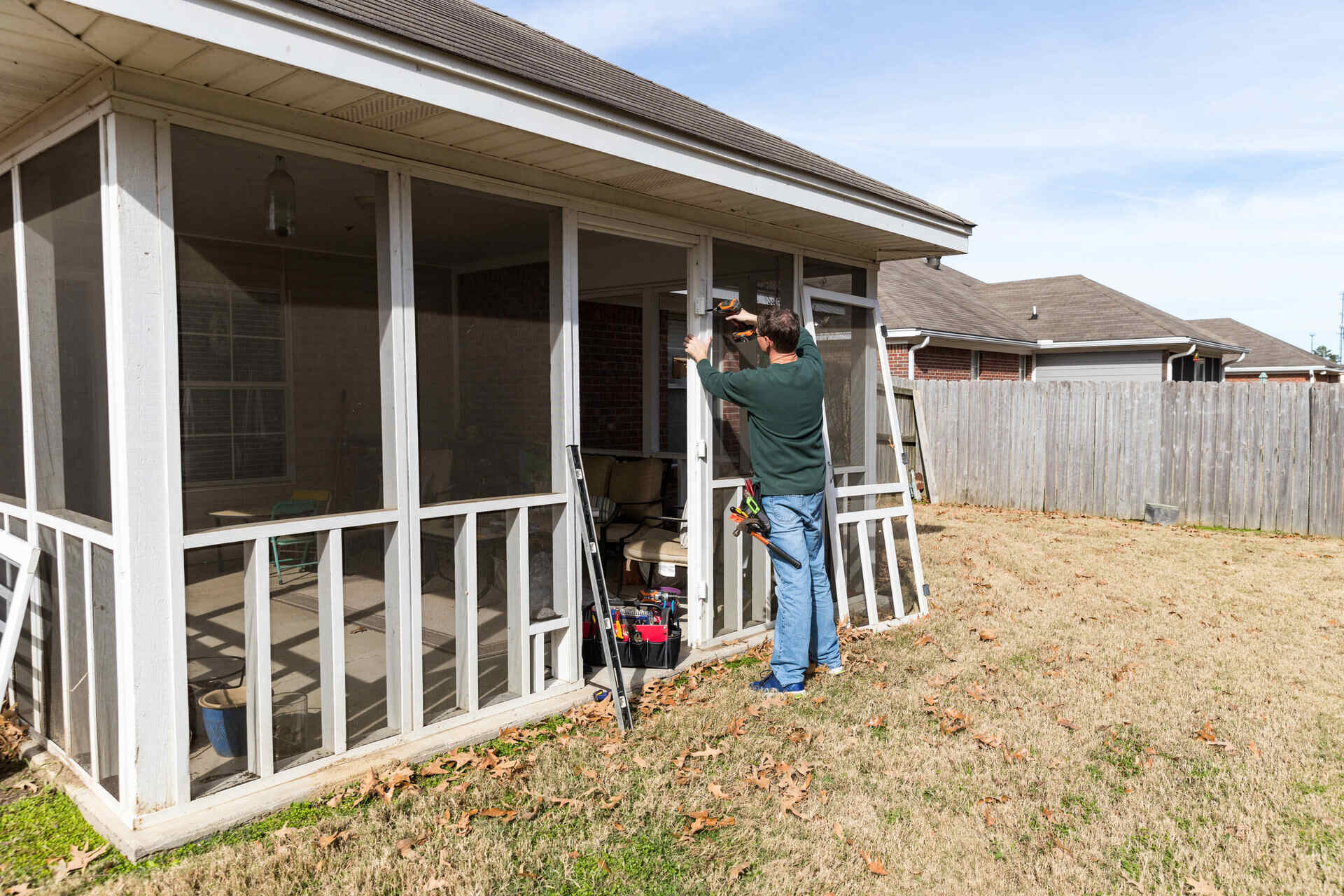
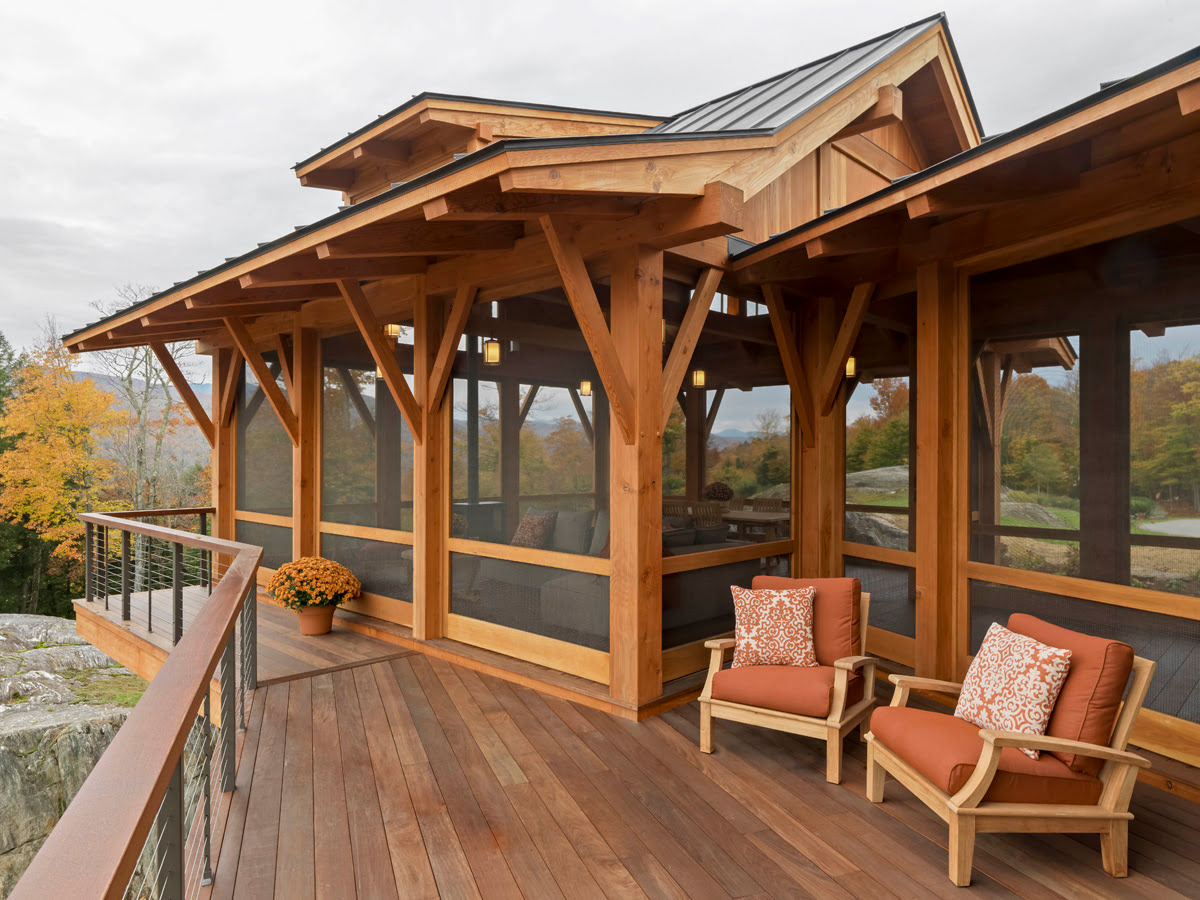
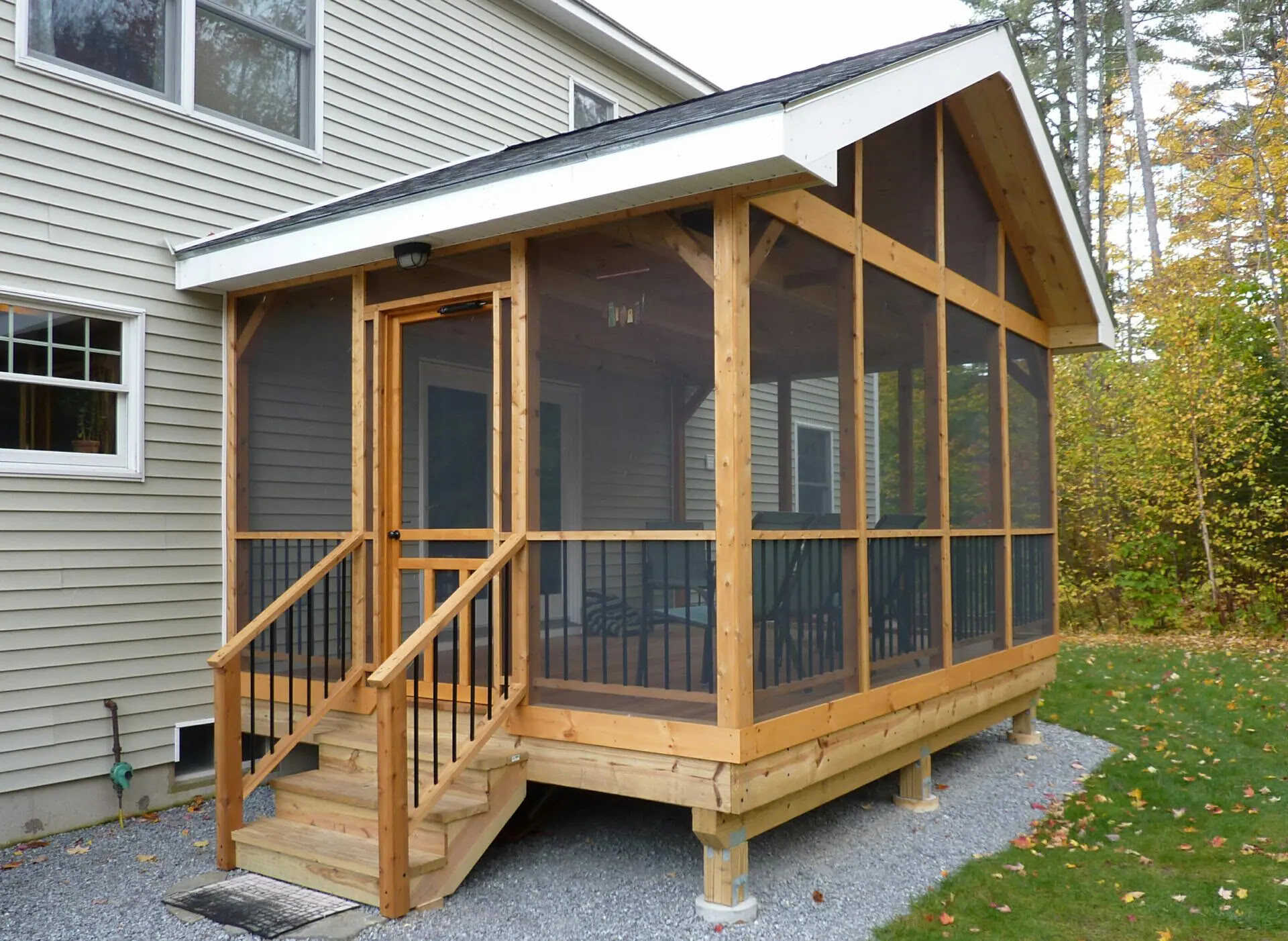
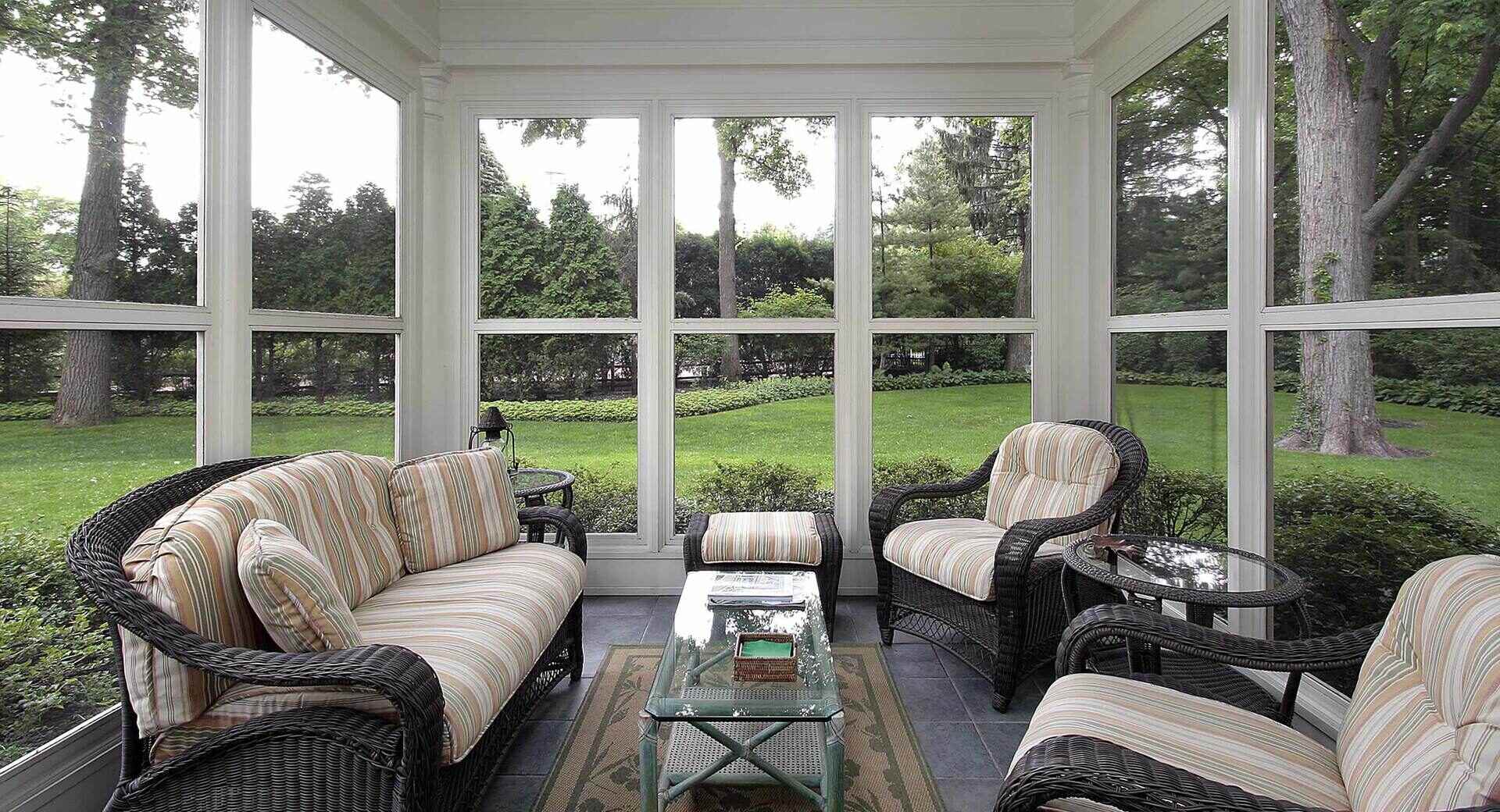
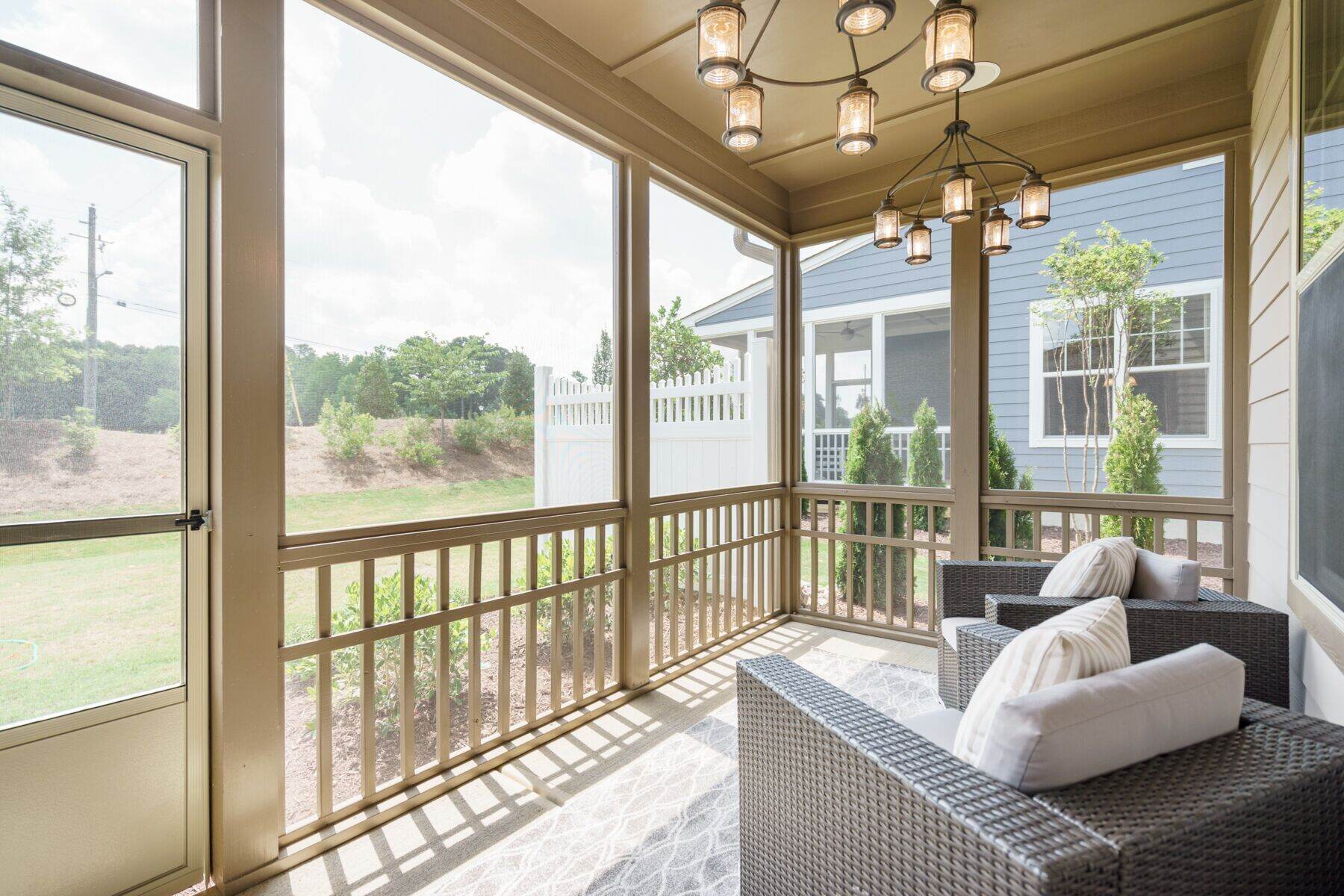
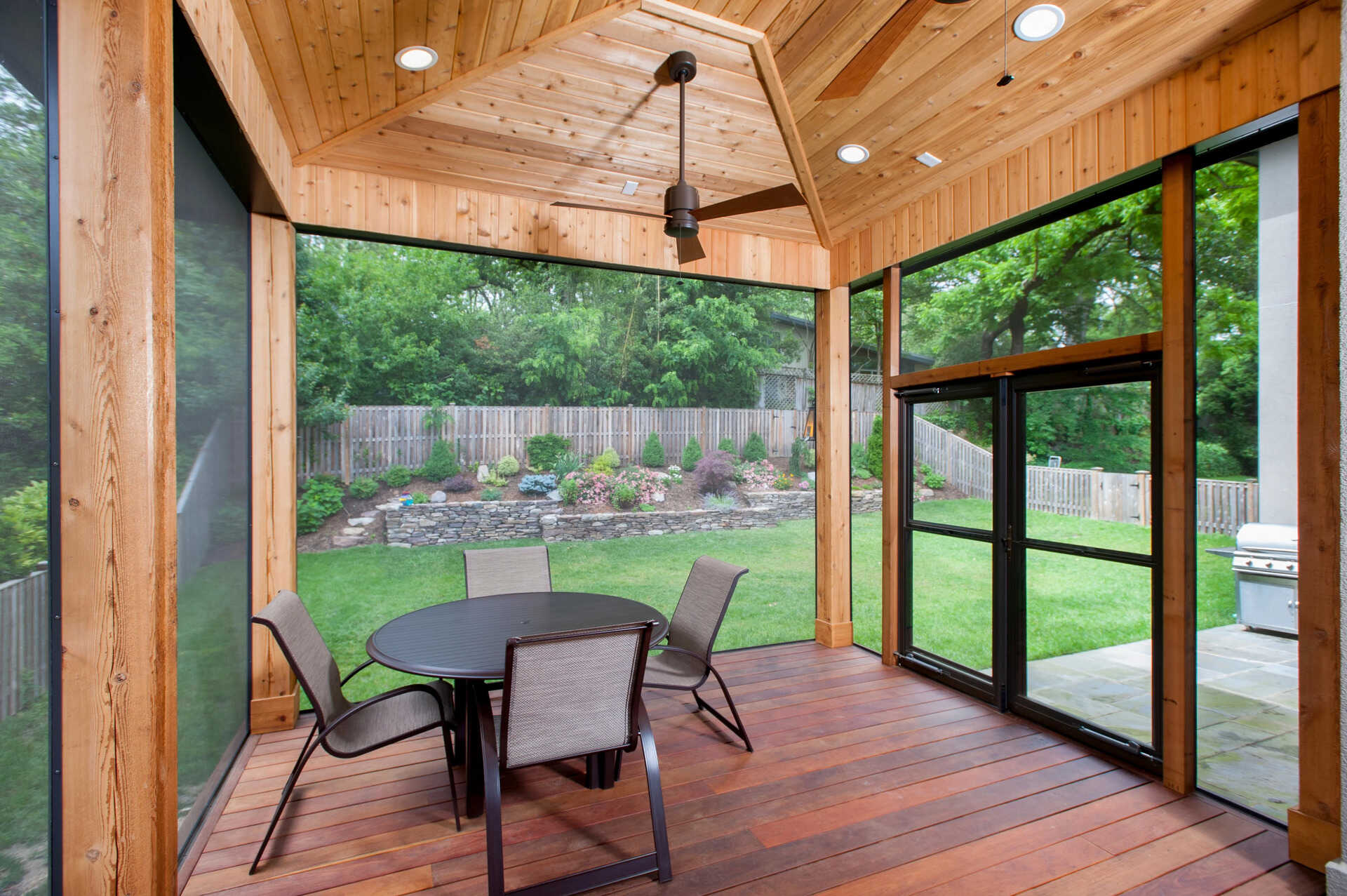
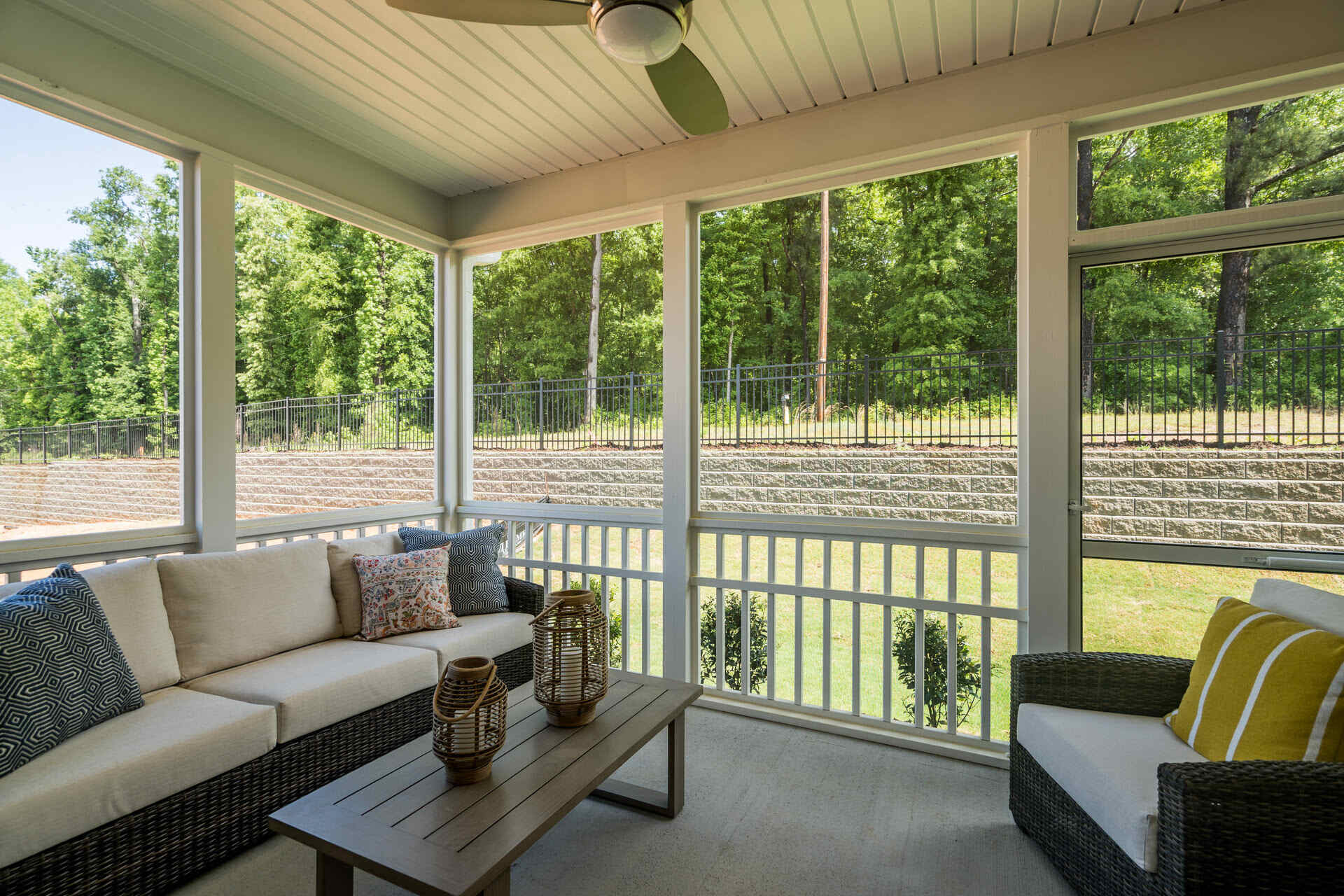
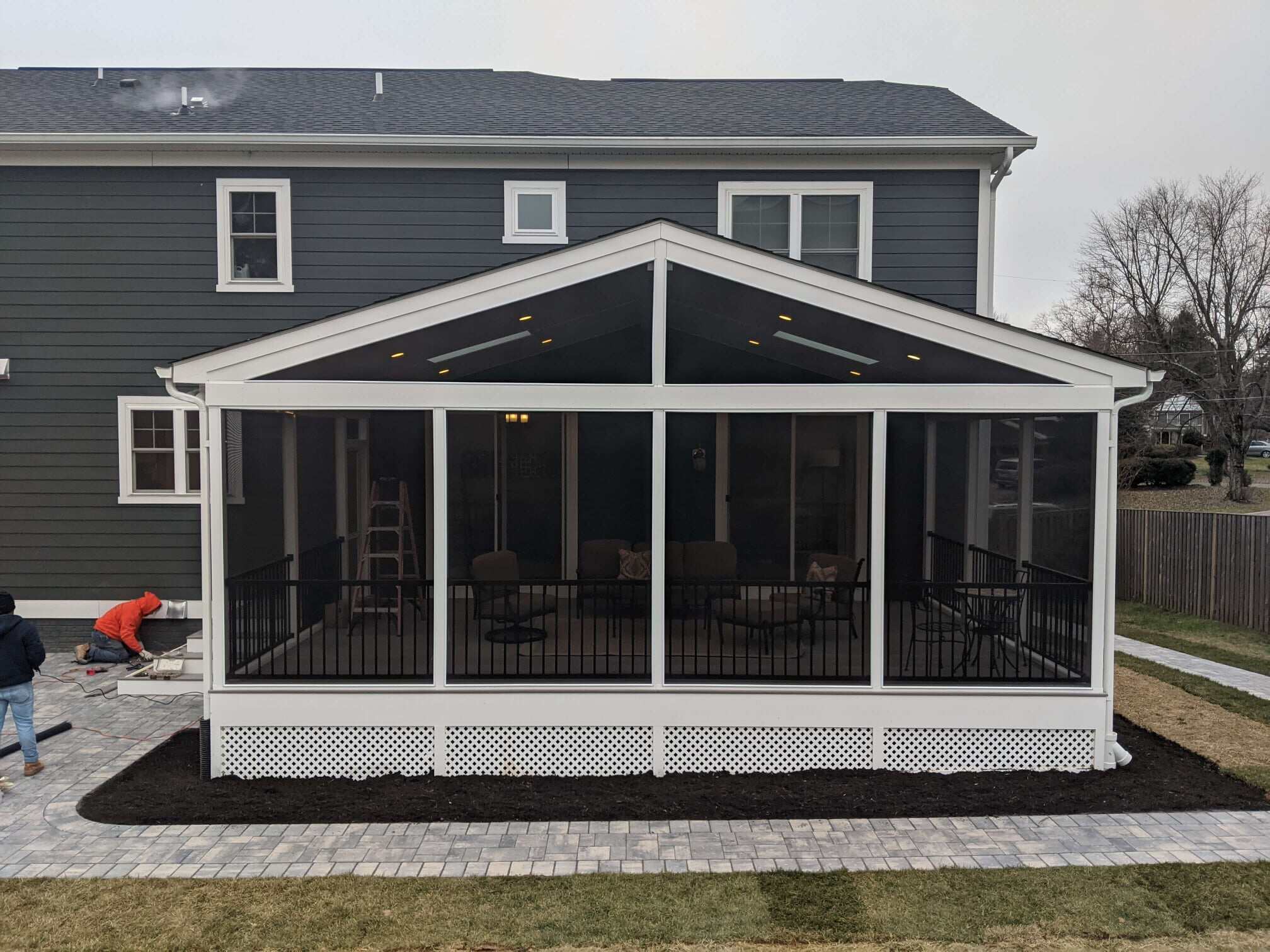

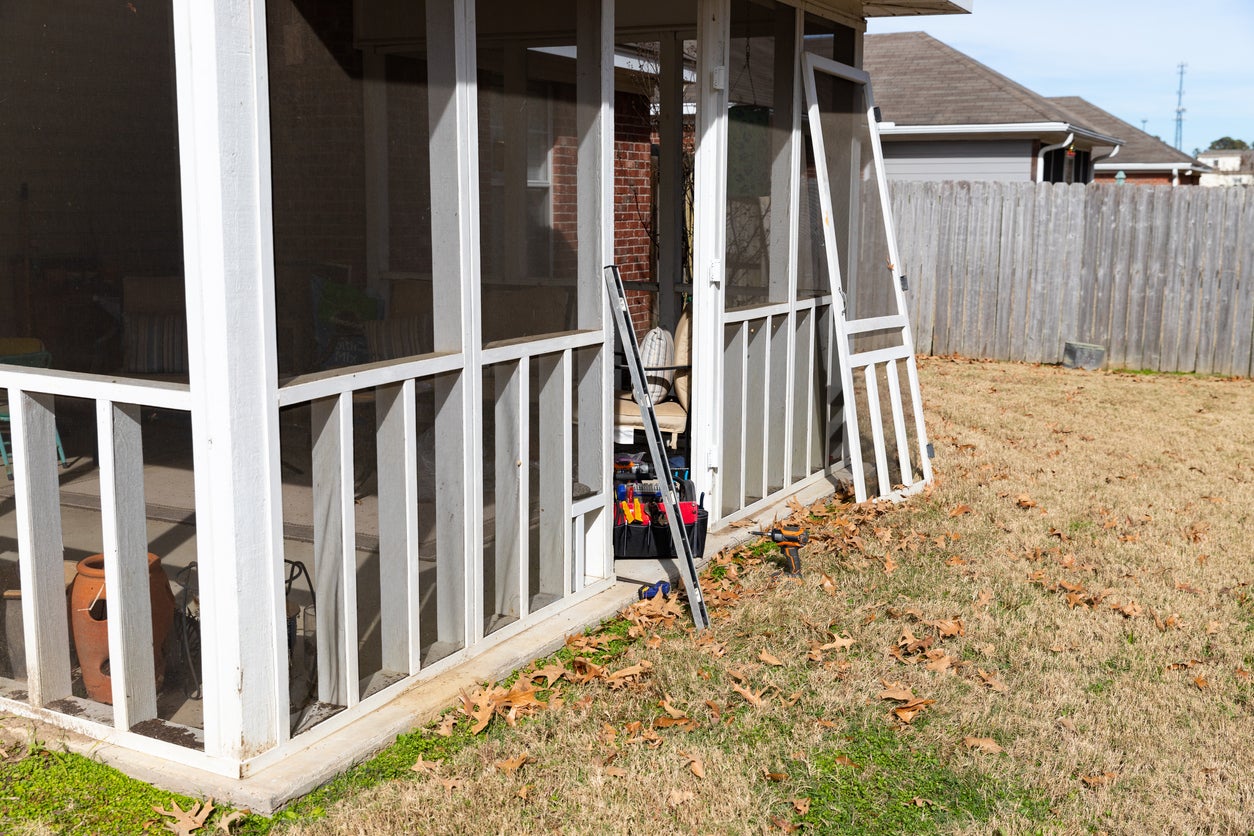
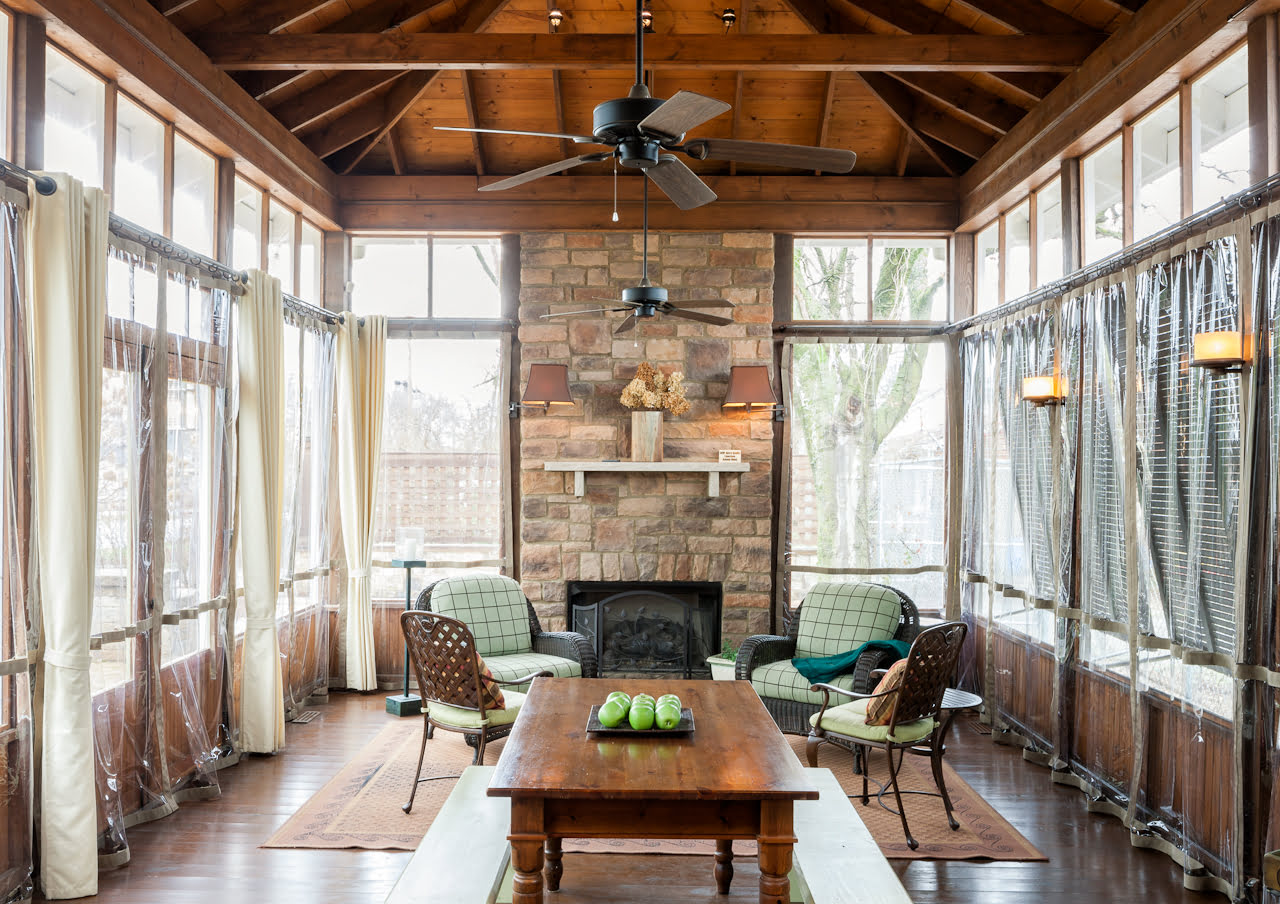
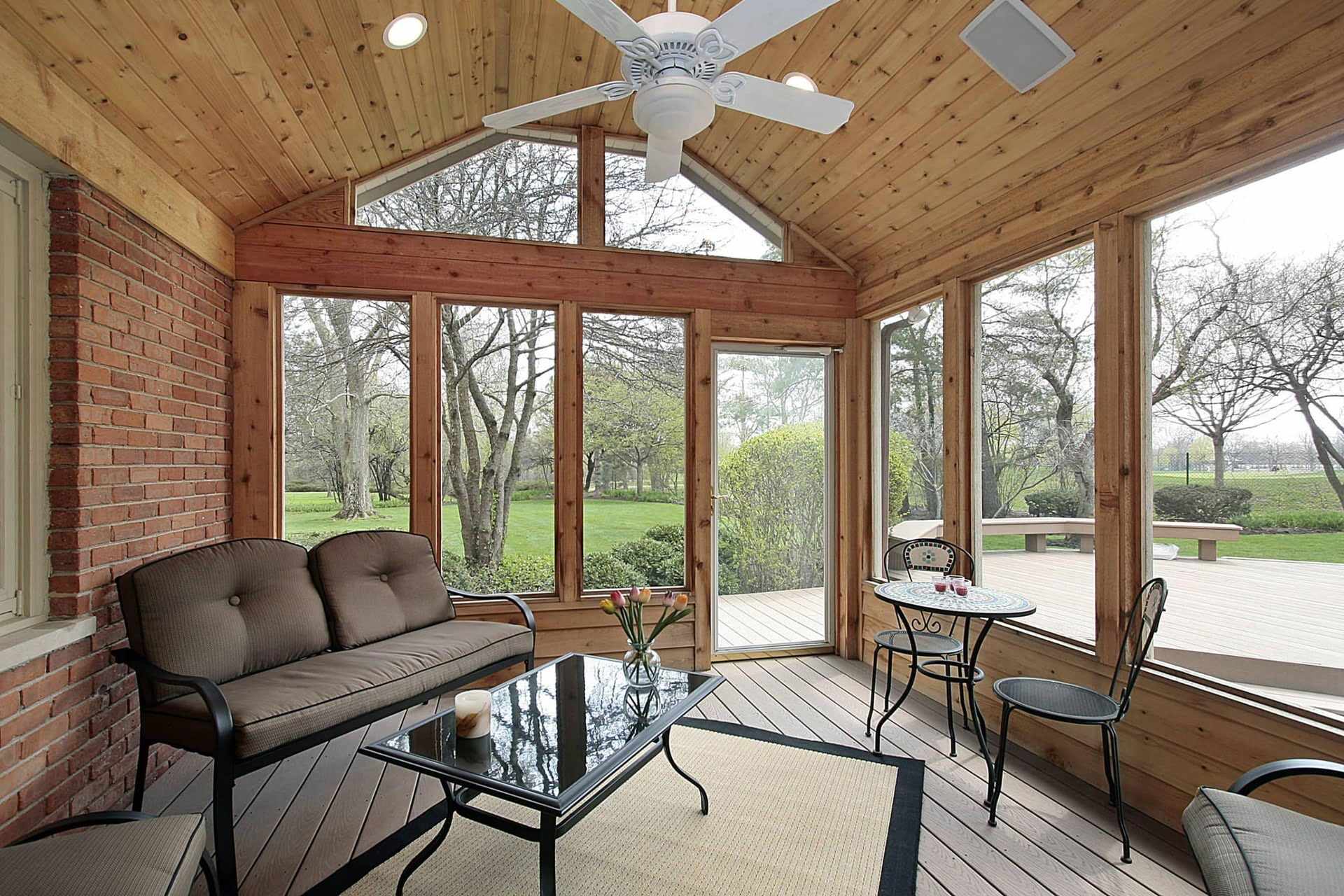
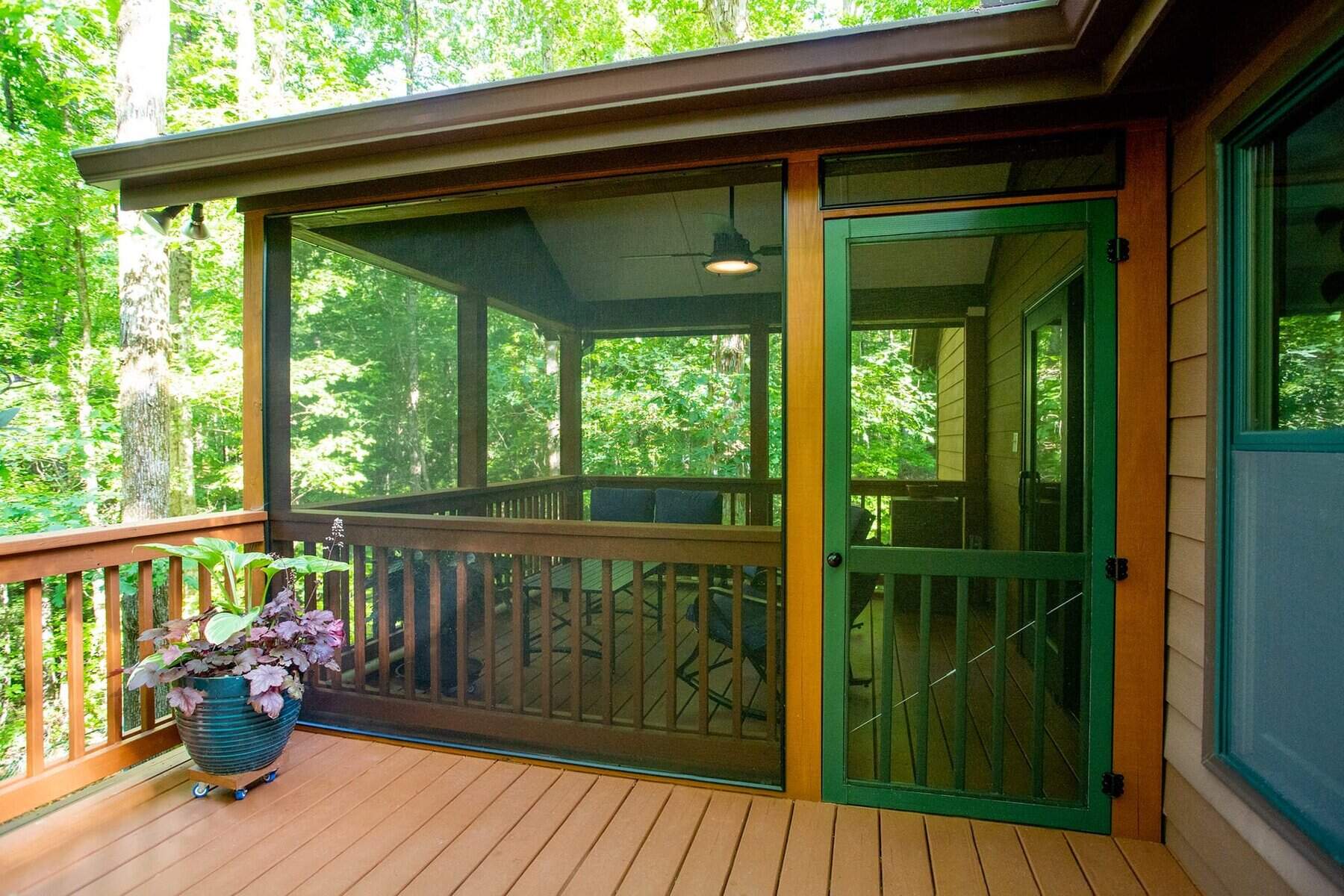

0 thoughts on “What Is A Screened Porch”